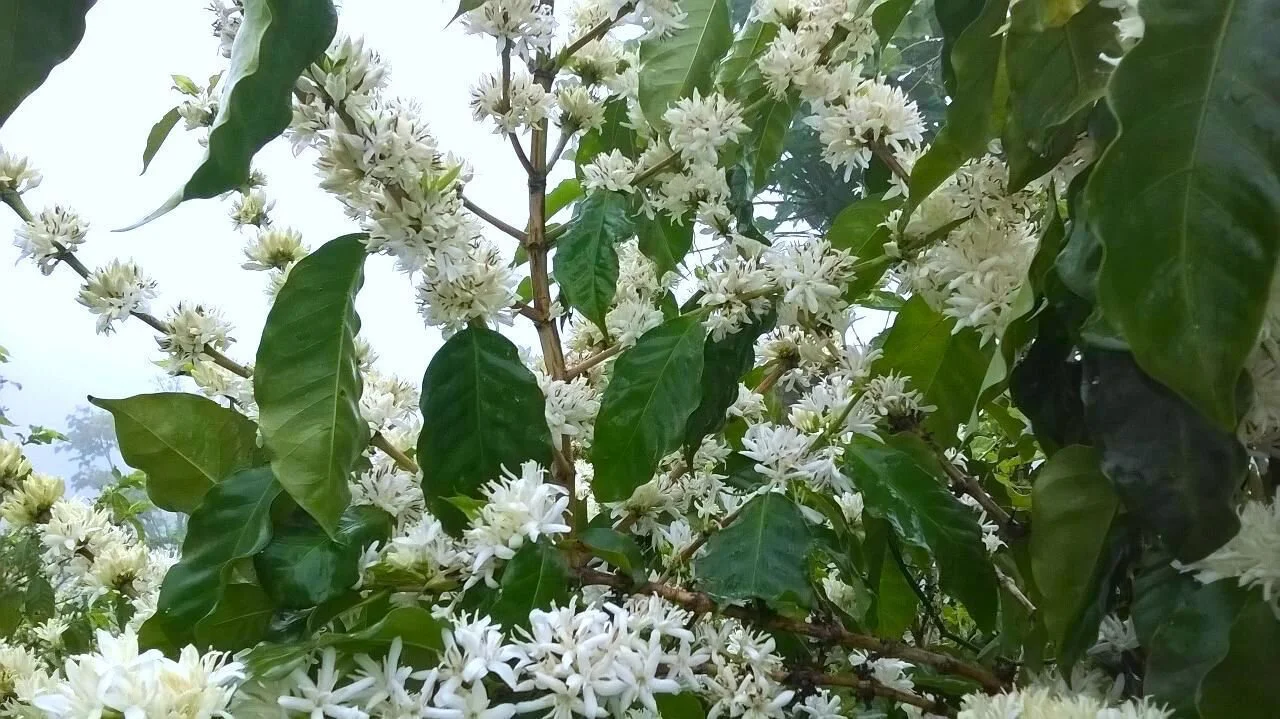Sustainability is at the core of everything we do at Hacienda la Minita. Our goal is that our farm be as healthy and vigorous today as it is fifty years from now, for both the health of the people who work there and the surrounding land and water system. Below are some examples of Hacienda La Minita’s sustainability efforts.
Environmental Resource Management
We do not use herbicides or pesticides
Soil testing is conducted twice each year and fertilizer formulas are developed to keep the soil in proper harmony
300-acre forest reserve of old growth woodlands was set aside more than 20 years ago as a nature refuge
We operate a residual water-treatment plant and our own hydro-electrical turbine creating renewable and nonpolluting power
We have developed biomass coffee drying furnaces that burn only the waste residue from the coffee fruit
Our coffee processing facilities are water conserving mills — using only a fraction of the water used by traditional mills. We also treat any water used at both mills through our sedimentation ponds before returning it to the water supply
Terraced coffee groves, defensively planted natural vegetation, and an intricate and carefully maintained drainage system guard against erosion
Human Resource Management
Our employees are financially rewarded for their skilled and conscientious labor at a highly-competitive rate
We have our own fully-equipped dental and medical clinic
Although many workers have their own houses and live off of the farm, we also provide modern housing that comes with hydroelectric power and piped-in spring water
We have a life-estate housing program for retiring workers who have no home of their own
We provide workers' children with school uniforms, as we annually assist the local schools with educational materials
We are active supporters of surrounding communities' public works
We have invested over $100,000 since 2005 to renovate schools in Colombia. This has positively affected over 2,500 rural Colombian children in our communities



